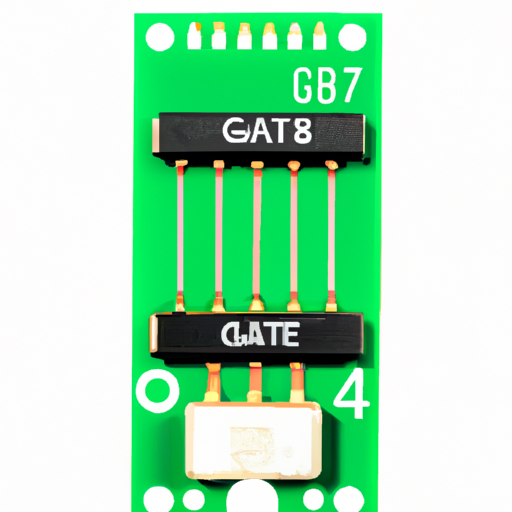1N5245B-T Analog Front End (AFE) highlighting the core functional technology articles and application development cases of Analog Front End (AFE) that are effective.
Overview of Analog Front End (AFE)
An Analog Front End (AFE) is a crucial component in electronic systems, particularly in applications involving data acquisition and signal processing. The AFE is responsible for conditioning analog signals before they are converted to digital form by an Analog-to-Digital Converter (ADC). The core functions of an AFE typically include:
| 1. Signal Conditioning | Enhancing the quality of the analog signal through amplification, filtering, and modification to prepare it for digitization. |
| 2. Analog Filtering | Eliminating unwanted noise and interference from the signal using various filter types (low-pass, high-pass, band-pass, notch). |
| 3. Gain Control | Adjusting the signal amplitude to align with the ADC's input range. |
| 4. Level Shifting | Modifying the signal level to ensure compatibility with the ADC's specifications. |
| 5. Multiplexing | Routing multiple signals to a single ADC input, allowing for the selection of different signal sources. |
Core Functional Technologies in AFE
1. Operational Amplifiers (Op-Amps): Essential for signal amplification and conditioning, op-amps can be configured in various ways (inverting, non-inverting, differential) to meet specific application needs.
2. Analog Filters: These can be implemented using passive components (resistors, capacitors) or active components (op-amps) to filter out unwanted frequencies, ensuring only the desired signal is processed.
3. Instrumentation Amplifiers: Specialized for precise low-level signal amplification, often used in sensor applications where accuracy is critical.
4. Analog Multiplexers: Facilitate the routing of multiple input signals to a single output, enabling the selection of different signal sources for processing.
5. Voltage References: Provide stable reference voltages for ADCs and other components, ensuring accurate and consistent measurements.
6. ADC Drivers: These circuits prepare the analog signal for conversion, optimizing the performance of the ADC by ensuring the signal is within the required specifications.
Application Development Cases
1. Medical Devices: AFEs are integral to medical instrumentation, such as ECG and EEG machines. They condition weak bio-signals from sensors, amplifying and filtering them to ensure accurate readings before digitization.
2. Industrial Automation: In process control systems, AFEs interface with sensors that monitor temperature, pressure, and flow. The AFE conditions these signals to provide reliable data for control systems, enhancing operational efficiency.
3. Consumer Electronics: In audio applications, AFEs process signals from microphones and other sources, providing amplification and filtering to enhance sound quality and clarity.
4. Wireless Communication: AFEs are critical in RF applications, conditioning signals from antennas before they are processed by ADCs for digital signal processing, ensuring effective communication.
5. Automotive Applications: AFEs are used in various automotive sensors, such as tire pressure monitoring and engine control systems, ensuring accurate data acquisition for safety and performance optimization.
Conclusion
Analog Front Ends are vital in modern electronic systems, ensuring that analog signals are properly conditioned for digitization and processing. The integration of various technologies, such as op-amps, filters, and multiplexers, allows for effective signal management across a wide range of applications. As technology continues to advance, AFEs are evolving, incorporating new features and capabilities to meet the demands of increasingly complex systems, thereby enhancing performance and reliability in diverse fields.







